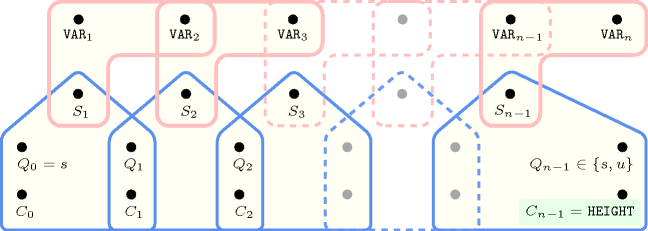5.175. highest_peak
| DESCRIPTION | LINKS | AUTOMATON |
- Origin
- Constraint
- Arguments
- Restriction
- Purpose
A variable of the sequence of variables is a peak if and only if there exists an such that and and . is the maximum value of the peak variables. If no such variable exists is equal to .
- Example
-
The first constraint holds since 8 is the maximum peak of the sequence .
Figure 5.175.1. Illustration of the first constraint of the Example slot: a sequence of eight variables , , , , , , , respectively fixed to values 1, 1, 4, 8, 6, 2, 7, 1 and its corresponding highest peak 8
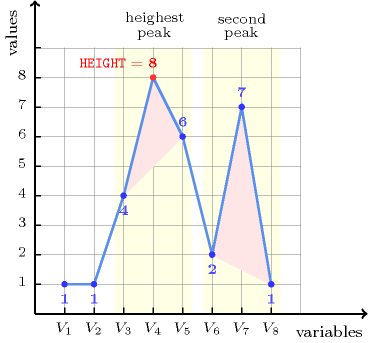
- Typical
- Symmetry
Items of can be reversed.
- Arg. properties
Functional dependency: determined by .
- Counting
-
Length () 2 3 4 5 6 7 8 Solutions 9 64 625 7776 117649 2097152 43046721 Number of solutions for : domains
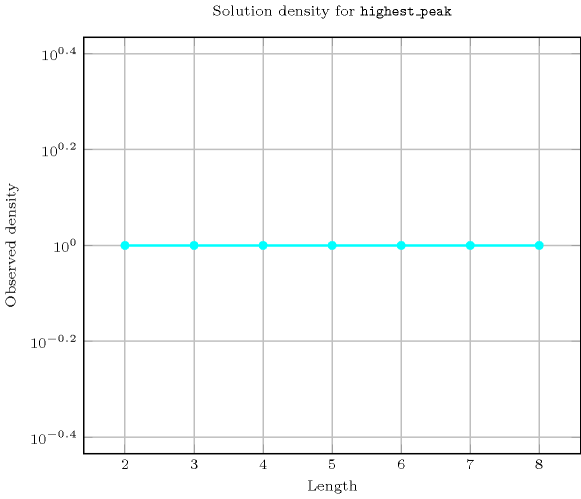
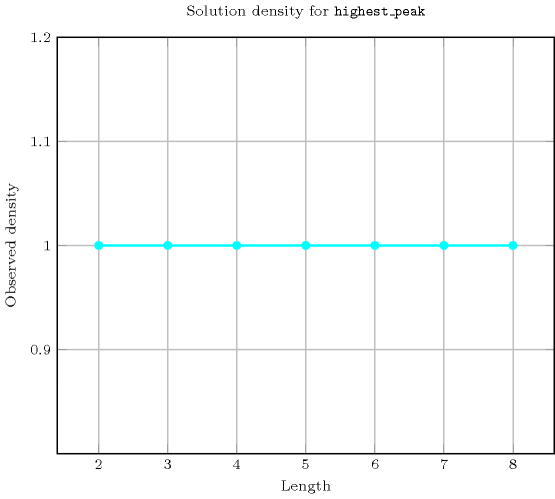
Length () 2 3 4 5 6 7 8 Total 9 64 625 7776 117649 2097152 43046721 Parameter value -1000000 9 50 295 1792 11088 69498 439791 1 - 1 11 92 697 5036 35443 2 - 4 44 380 3000 22632 166208 3 - 9 99 900 7587 61389 484020 4 - - 176 1712 15680 138544 1195056 5 - - - 2900 29125 283250 2693425 6 - - - - 50472 540576 5665896 7 - - - - - 976227 11233250 8 - - - - - - 21133632 Solution count for : domains
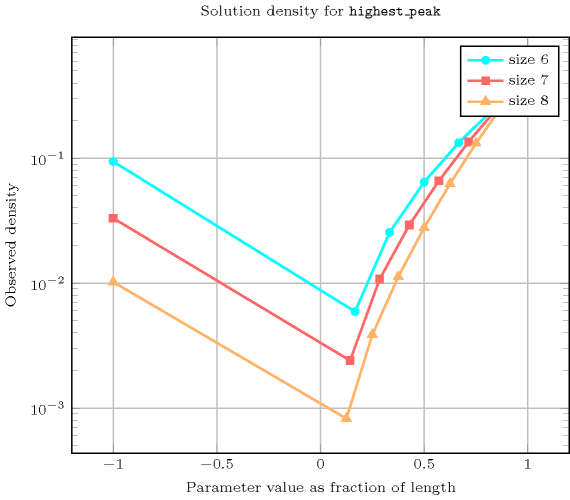
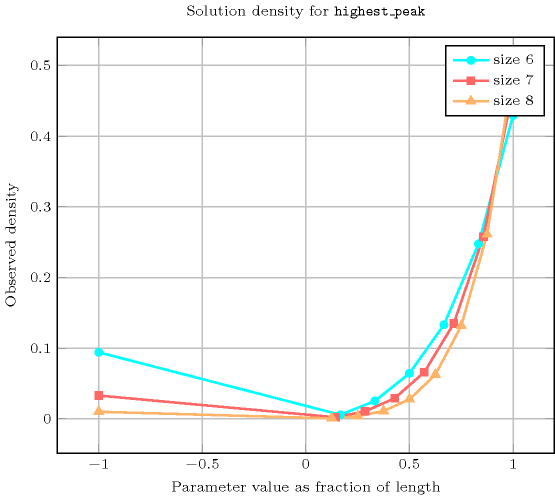
- See also
common keyword: , (sequence).
implies: .
- Keywords
characteristic of a constraint: automaton, automaton with counters, automaton with same input symbol.
combinatorial object: sequence.
constraint arguments: reverse of a constraint, pure functional dependency.
constraint network structure: sliding cyclic(1) constraint network(2).
- Automaton
Figure 5.175.2 depicts the automaton associated with the constraint. To each pair of consecutive variables of the collection corresponds a signature variable . The following signature constraint links , and :
.
Figure 5.175.2. Automaton of the constraint and its glue matrix (state means that we are in decreasing or stationary mode, state means that we are in increasing mode, a new peak is detected each time we switch from increasing to decreasing mode and the counter is updated accordingly); is the smallest integer that can be represented on a machine
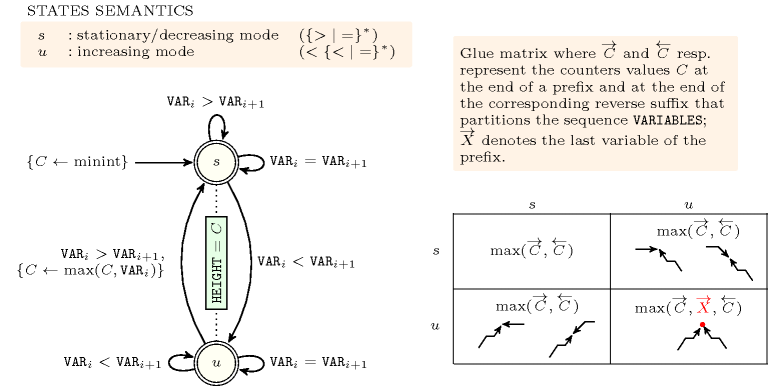
Figure 5.175.3. Hypergraph of the reformulation corresponding to the automaton of the constraint ( is set to the largest integer that can be represented on a machine)
